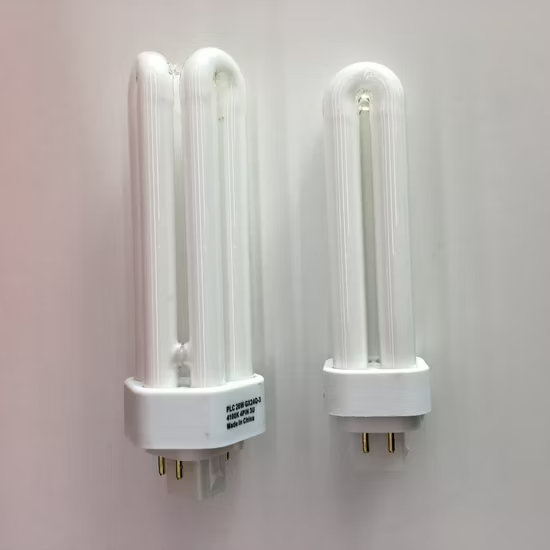
The 2025 Fluorescent Ban: What It Means for Lighting Everywhere

In 2025, California will implement a ban on fluorescent lighting, a move that will have significant implications for both businesses and consumers. While this may seem like a local issue, the ripple effects are expected to influence lighting choices and regulations across the entire country. In this post, we’ll break down the key facts about the ban, its broader impact, and how it could shape the future of lighting for everyone.
What is the Fluorescent Ban?
California’s ban targets the sale and use of fluorescent lamps due to their inefficiency and environmental harm. Fluorescents contain mercury, a hazardous substance, and their energy consumption is significantly higher compared to LEDs. California is supporting a push toward more modern, cost-effective lighting solutions. The ban specifically targets common types of fluorescent lamps, including:
Linear fluorescent tubes (T8, T12)
Compact fluorescent lamps (CFLs)
The ban will roll out in stages, beginning with the sale and distribution of these products being prohibited starting January 1, 2025.
Key Dates and Regulations
January 1, 2025: Sale of specific fluorescent lamps will be banned in California.
Post-2025: Retailers and suppliers will need to transition their inventory to LED alternatives.
Why This Matters Beyond California
Although the ban is a state-level initiative, its effects won’t be contained within California’s borders. As one of the largest markets in the U.S., California often sets trends that influence national regulations and consumer behavior. So far, at least eight states have enacted bans on fluorescent lighting. Here’s how this ban could impact people and businesses across the country:
Reduced Availability of Fluorescents: As manufacturers and distributors adjust to the ban, fluorescent lights may become harder to find nationwide. This could drive a shift toward LEDs in other states, even without formal bans.
Price Changes: With decreased demand for fluorescents and increased adoption of LEDs, prices for fluorescent lamps could rise, while LEDs may become more affordable due to economies of scale.
Industry Standards: Retailers and suppliers might preemptively phase out fluorescents to align with evolving regulations and market demands.

The Long-Term Shift to LEDs
LEDs are emerging as the superior alternative to fluorescents for several reasons:
Energy Efficiency: LEDs use significantly less energy, translating to lower electricity bills.
Durability: With longer lifespans, LEDs reduce replacement costs and maintenance.
Better Lighting Quality: LEDs offer superior light quality, with options for different color temperatures and dimming capabilities.
This shift is not just a regulatory trend but a practical choice for businesses and consumers looking to optimize their lighting solutions.

Preparing Your Business and Home for the Future
Now is the time to start planning your transition to LED lighting. Whether you’re a business owner or a homeowner, early adoption can help you avoid potential shortages and price increases. At Daystar Distributing, we’re here to guide you through this change with a wide selection of high-quality LED products that meet your lighting needs.

The 2025 fluorescent ban in California is more than just a state initiative—it’s a sign of broader changes in the lighting industry. By understanding the implications and making the switch to LEDs, you can stay ahead of the curve, enjoy the benefits of modern lighting, and be prepared for what’s next. Visit our website to explore our range of LED solutions and future-proof your lighting today.










It will be interesting to see if California’s ban on fluorescents is affected by the recently-signed executive order reversing the ban on incandescent bulbs. I realize these are two different types of lighting, and the point might be moot anyway - even without legislation, LEDs are rapidly becoming the dominant form of lighting.